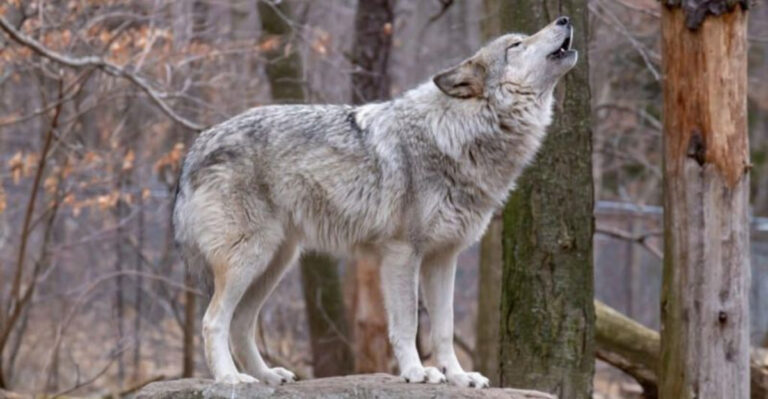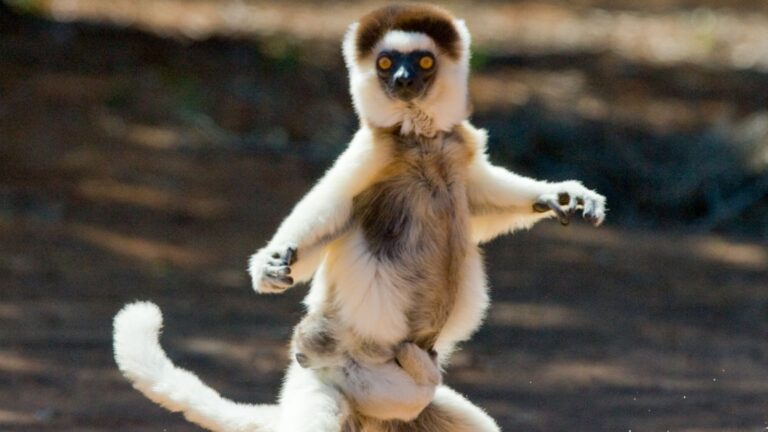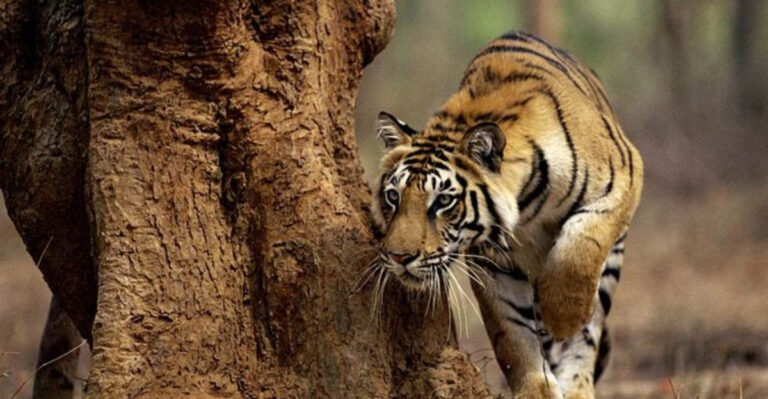Yosemite’s Native Turtles Make A Comeback After Invasive Species Eradication
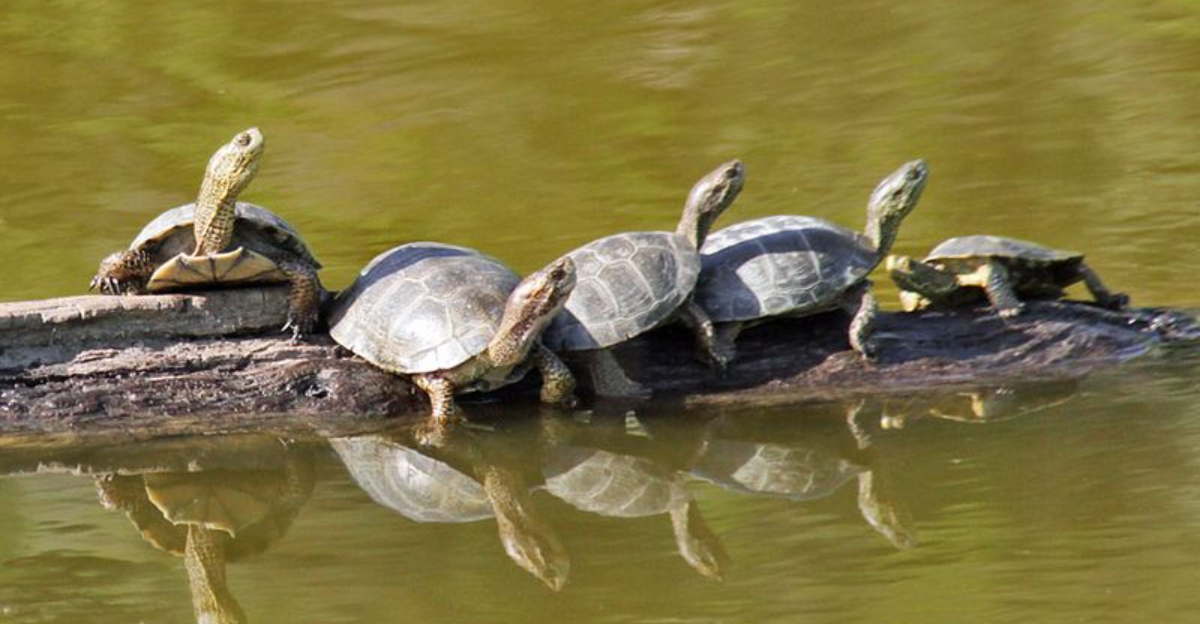
Hidden within Yosemite’s pristine waters, a remarkable conservation story is unfolding. California’s only native freshwater turtle species has begun a surprising comeback after years of population decline.
Scientists have successfully removed thousands of invasive bullfrogs that were devouring young turtles, allowing these shelled survivors to reclaim their rightful place in the ecosystem.
Introduction To The Northwestern Pond Turtle
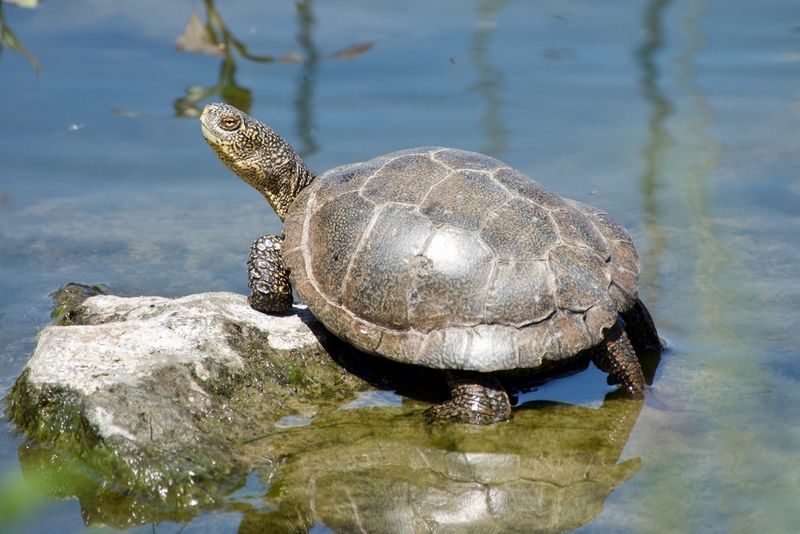
Meet California’s only native freshwater turtle! The northwestern pond turtle has called western waters home for thousands of years, recognizable by its olive-brown shell and yellow-spotted head.
Once thriving throughout streams from Washington to Baja California, these aquatic reptiles now face multiple threats. Their slow reproductive rate makes population recovery particularly challenging.
The Invasive Threat Of American Bullfrogs
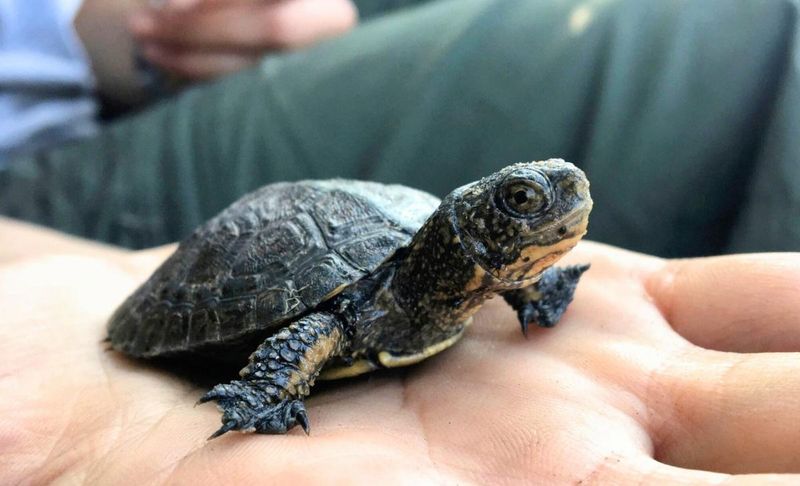
Imagine a frog the size of a dinner plate with an appetite to match! American bullfrogs arrived in Yosemite during the 1950s, quickly establishing themselves as unwelcome guests.
These amphibian invaders consume virtually anything they can fit in their mouths. Young turtles, with their soft shells and tiny size, became easy prey, pushing northwestern pond turtle populations toward local extinction.
The Seven-Year Eradication Effort
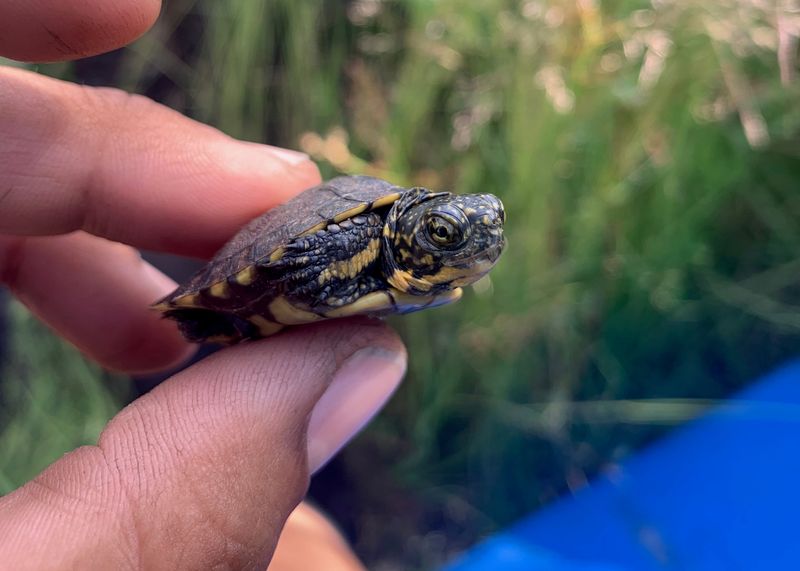
Removing 16,000 bullfrogs is no small feat! UC Davis researchers waded through murky waters night after night between 2015 and 2022, methodically capturing adult frogs, scooping up tadpoles, and collecting egg masses.
This herculean effort focused on two remote ponds near Hetch Hetchy Reservoir. Scientists worked through challenging terrain and weather conditions, determined to give native species a fighting chance.
Absence Of Juvenile Turtles
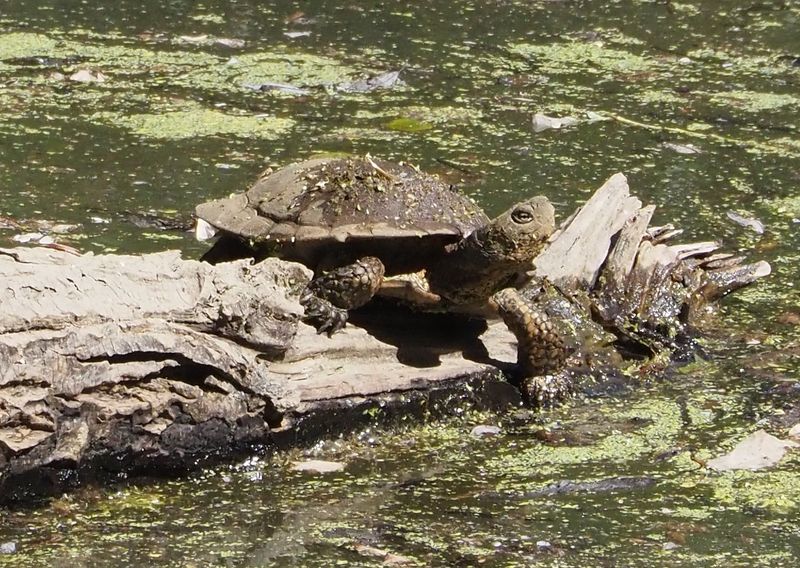
Something was eerily missing from Yosemite’s ponds. While adult turtles managed to survive thanks to their hard shells, younger generations simply vanished from areas infested with bullfrogs.
The grim discovery of hatchling turtles inside bullfrog stomachs confirmed researchers’ worst fears. Without intervention, the species faced a bleak future as their natural life cycle had been brutally interrupted.
Return Of Juvenile Turtles Post-Eradication
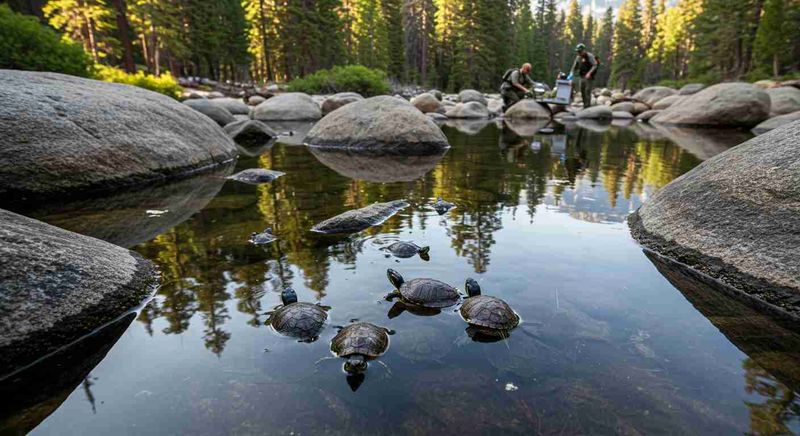
The moment that made it all worthwhile came in 2019. Researchers spotted something they hadn’t seen in years – baby turtles smaller than poker chips swimming freely in the ponds!
This breakthrough sighting confirmed what scientists had hoped: remove the predator, and nature will begin healing itself. These tiny survivors represented the first generation reclaiming their ancestral waters.
Population Growth And Density
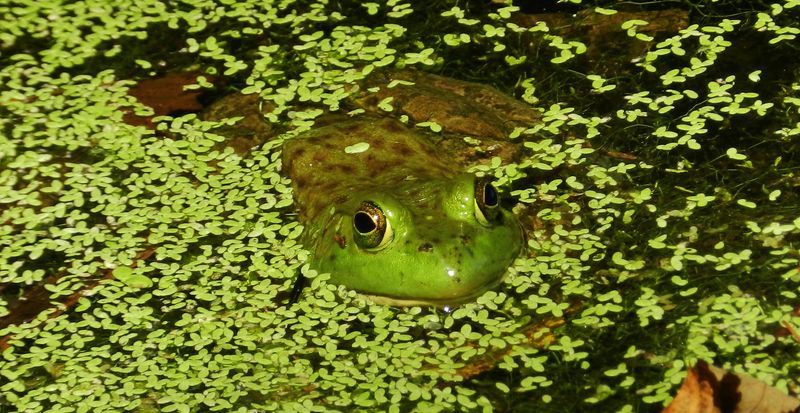
Numbers tell the remarkable story of recovery. Where once turtles were sparse and struggling, researchers now count thriving communities with 100 times more juveniles than in bullfrog-infested areas.
This population explosion demonstrates nature’s resilience when given proper protection. Adult turtles, finally able to successfully reproduce, are establishing sustainable colonies throughout the protected ponds.
Broader Ecosystem Rejuvenation
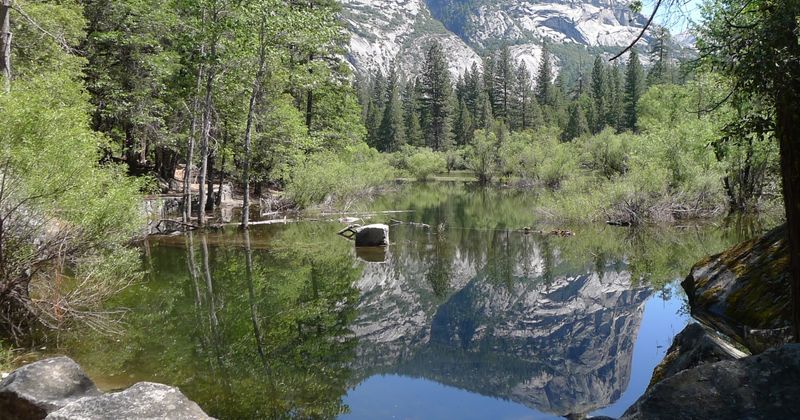
Turtles aren’t the only winners in this conservation victory. Frogs, salamanders, and newts have surged back into areas once dominated by bullfrogs, creating a symphony of natural sounds that had gone silent.
This cascading recovery demonstrates how removing a single invasive species can restore entire food webs. The ponds now support complex communities of native creatures, each playing their unique ecological role.
Ecological Role Of Northwestern Pond Turtles
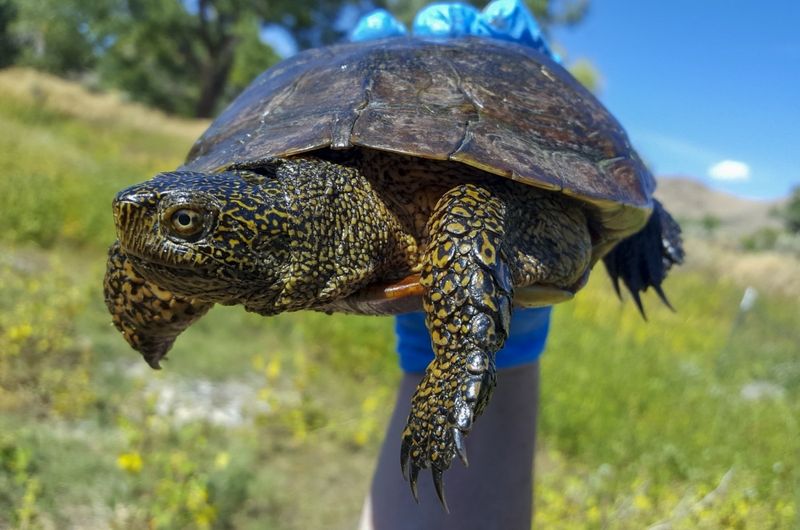
These modest reptiles are unsung heroes of healthy waterways! Northwestern pond turtles control algae growth, disperse plant seeds, and clean up decaying matter as nature’s perfect maintenance crew.
Their burrowing and basking behaviors create microhabitats for smaller creatures. By restoring turtle populations, Yosemite’s wetlands regain a critical species that helps maintain clear water and balanced nutrient cycles.
Challenges Beyond Bullfrogs
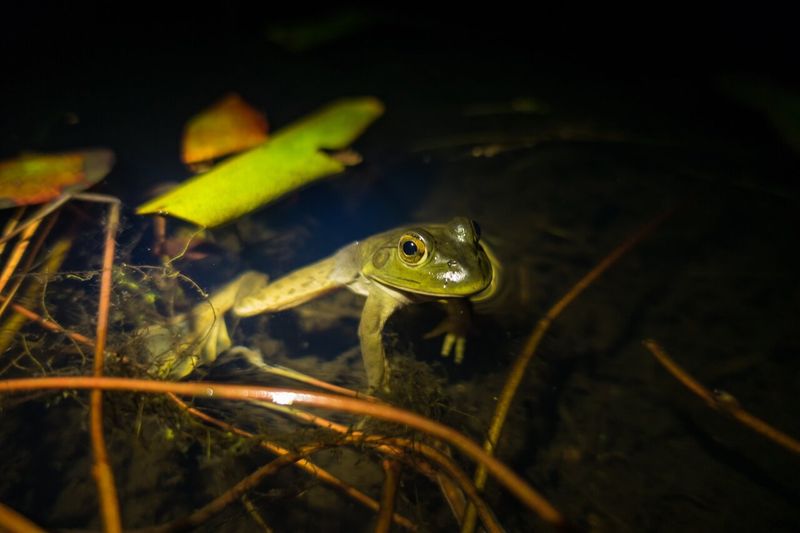
Young turtles still face a gauntlet of dangers despite the bullfrog victory. Sharp-eyed raccoons patrol shorelines while birds swoop down from above, targeting vulnerable hatchlings making their first journey to water.
Climate change brings additional stresses through altered water temperatures and drought. Conservationists continue monitoring these emerging threats, knowing that protection requires vigilance against multiple pressures.
Conservation Implications
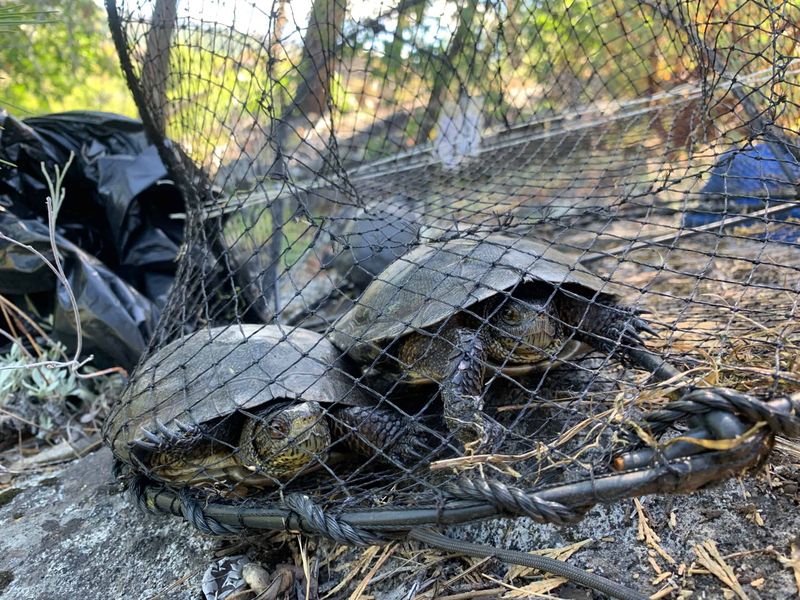
Success in Yosemite offers hope for similar ecosystems nationwide. The targeted removal approach proves that strategic intervention can reverse ecological damage, even after decades of disruption.
While resource-intensive, this model demonstrates clear returns on conservation investments. Park managers are now applying these lessons to other threatened habitats, prioritizing areas where focused efforts can yield maximum biodiversity benefits.
Collaborative Conservation Efforts
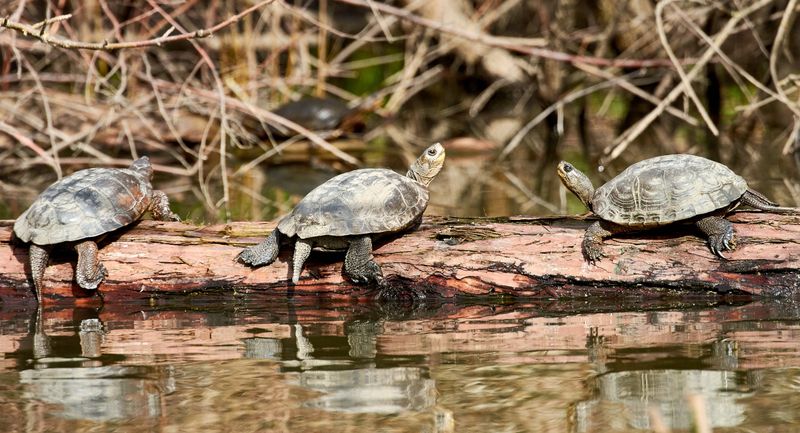
Teamwork made the turtle comeback possible! UC Davis researchers partnered with federal agencies, combining academic expertise with government resources and local knowledge.
Volunteers assisted with monitoring while funding came from multiple conservation grants. This collaborative approach demonstrates how complex environmental challenges require diverse skills and perspectives, creating a model for future restoration projects.
Future Directions And Ongoing Monitoring
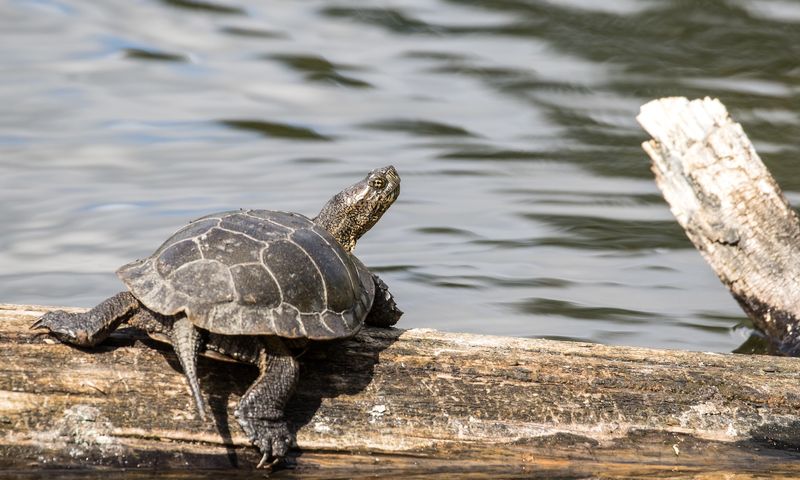
Victory requires vigilance! Researchers continue regular pond surveys, tracking turtle numbers and watching for any bullfrog resurgence that could threaten progress.
Habitat enhancement projects now focus on creating ideal nesting sites and basking areas. Public education efforts help visitors understand their role in protecting these remarkable reptiles, ensuring that Yosemite’s turtle renaissance continues for generations to come.

